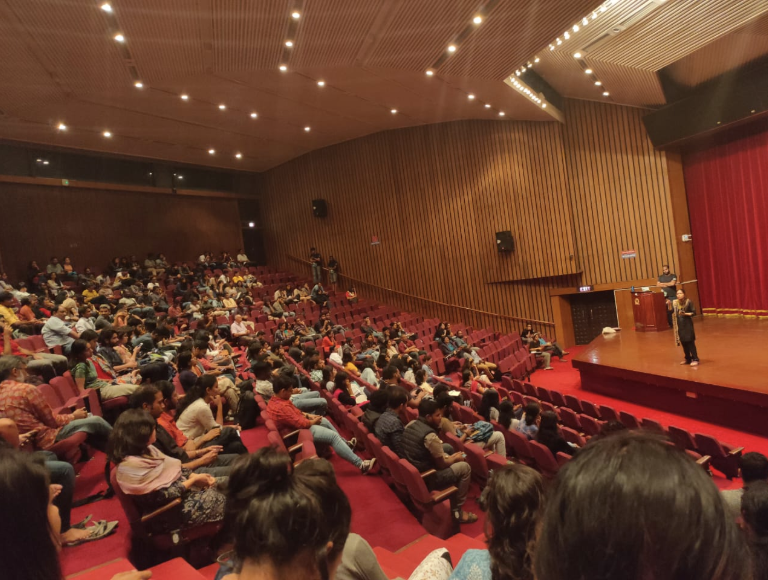
Submitted by S. Bolderson on Wed, 29/01/2020 - 14:21
The Goddess Durga astride a tiger. A temple in a village in Rajasthan (western India) where mice are worshipped. Ganesh Chaturthi , a festival to celebrate , Lord Ganesha, the Deity of Good Fortune.
No culture in the world is as connected to nature, as India. India has some of the strongest wildlife conservation laws globally and its rich cultural tradition that revers all forms of life—both of which has helped protect wild animals. Megafauna like tigers, elephants, bears and leopards survive amidst 1.3 billion people, even as many countries have wiped out predators from their landscapes.
Gaur, or the Indian bison negotiating the roads of Ooty, a hill station in south India. One of the highest density of leopards in India's financial and glamour capital, Mumbai. Elephants slaughtered on railtrack. Leopards beaten to death, elephants poisoned in paddy fields.
This is also India. A rapidly changing India. It is one of the world's fastest growing economies (6-7% annually) with ambitions for a double-digit GDP. It has a burgeoning middle-class and 600 million young people, a market that multinationals across the globe seek to capture. The country is transforming rapidly-economically, politically, culturally. India will soon have the world's largest population, is extremely climate-vulnerable and is witnessing increasing internal conflict.
At the Student Conference on Conservation Science, I spoke on some of these complex issues concerning India's wildlife, touching briefly on its history of conservation wildlife, and the troubled times of the present. Drawing from my experience as a journalist/writer, I also spoke on finding ways to engage public and amend government, corporate policies to be in the best interest of wildlife. I discussed my experiences as a conservation journalist, an advocacy practitioner including my years in India's National Board for Wildlife (a policy making statutory body) to demonstrate how stories, and advocacy, can help save our wildlife, and also, how successes in conservation can be ephemeral.
As the audience was largely students and researchers, I stressed on the importance of science for advocacy, of linking it to policy and communicating science.
Also, given the changing political-economic landscape, I shared perspectives on the prospects on conservation in India, the road ahead for conserving wildlife in a country, and a society, in flux.
